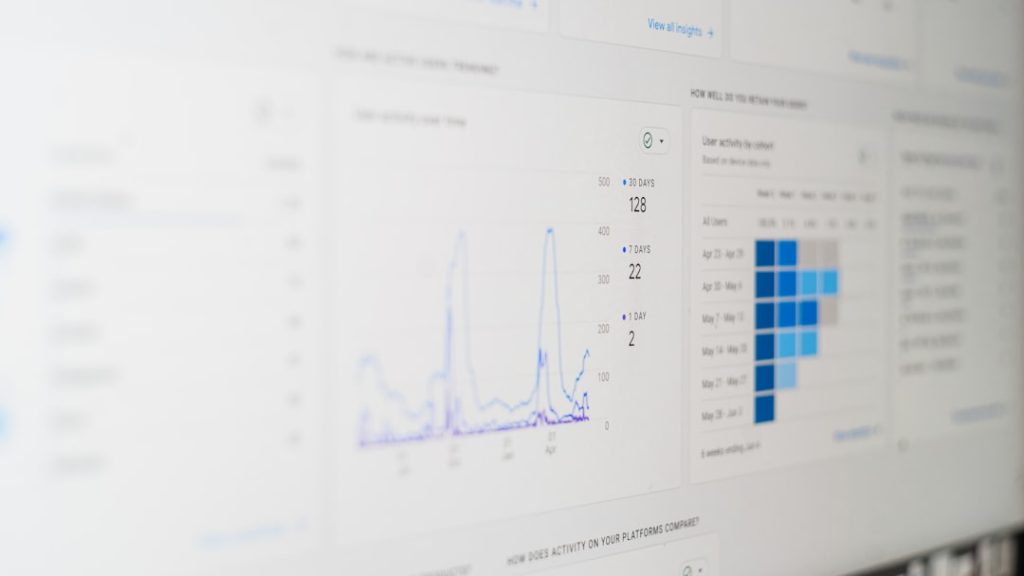Choosing the right stock photo size for your project might seem like a minor detail, but it can have a significant impact on the overall look, performance, and professionalism of your final product. Whether you’re designing a website, assembling a marketing brochure, or working on social media graphics, size truly matters when it comes to imagery.
With the wealth of stock photos available online, it’s easy to find stunning visuals—but downloading the wrong size can lead to poor resolution, slow load times, or even extra expenses. Here’s how to make sure you’re picking the ideal size for your specific project.
Understanding Photo Sizes
Stock photos usually come in several standard sizes. These typically range from low-resolution images (suitable for web use) to high-resolution versions (ideal for print). Sizing is generally measured in pixels (px) or megapixels (MP), and resolution is counted in DPI (dots per inch), especially for print projects.

- Small: Usually around 640×480 pixels. Best for small web graphics, thumbnails, or icons.
- Medium: Ranges from 1200×800 to 2000×1500 pixels. Good for blog posts, online articles, and standard web use.
- Large: Anything above 2500 pixels wide. Perfect for print materials like posters, brochures, and flyers.
Consider Your Medium
The first step in selecting the right stock photo size is understanding where and how your image will be used. Different mediums require different resolutions and dimensions:
- Web Use: For websites, faster loading times are critical. Use lower-resolution images (under 1 MB) to ensure performance. An image that’s about 1200×800 pixels will generally look crisp on most screens without slowing down the site.
- Social Media: Each platform has its own recommended image dimensions. For example, Instagram favors square images around 1080×1080 pixels, while Facebook covers are best at 820×312 pixels.
- Print: Since print demands higher quality, look for high-resolution images with at least 300 DPI. Choose the largest size available if you’re unsure—it’s easier to scale down than stretch a small image without losing clarity.
File Type Matters Too
Alongside image size, pay attention to the file format. Common stock photo types include:
- JPG: Great for web and print, with good quality at a smaller file size.
- PNG: Supports transparency, best for logos or graphics overlaid on backgrounds.
- TIFF: Uncompressed and huge in size, ideal for high-end professional printing.
Check the Layout
Another crucial factor is the orientation and composition of the image. Think about where text or other design elements will sit in your layout. If your content is vertical, don’t choose a horizontal image—you’ll end up cropping and possibly losing important parts of the photo.

Budget vs. Quality
High-resolution images often come at a higher cost. However, if you’re working on a tight budget, it can be tempting to go with a smaller, cheaper size. Be cautious—choosing a resolution that’s too low might compromise the professionalism of your project. When in doubt, go larger. You can always resize it down, but enlarging a small image often leads to pixelation.
Tips for Making the Right Choice
- Start with your end goal: Is your project digital or printed? Knowing this clarifies the required resolution.
- Check platform guidelines: Look up exact dimensions for social posts, web banners, or print specs in advance.
- Test before purchasing: Many stock photo sites allow low-res previews. These are great for testing layouts before buying the full-size version.
- Plan for versatility: If you think you’ll reuse the image across formats (like web and print), opt for a larger source image.
Final Thoughts
The size of your stock photo can influence how your entire project is perceived. A well-chosen image enhances clarity, adds visual interest, and communicates professionalism—whereas a poorly sized one may detract from your message. Take the time to understand your project requirements, and you’ll find that choosing the right photo size becomes second nature.
Whether you’re crafting a sleek digital ad or designing a vibrant event poster, a properly sized stock image is a design asset worth getting right.


